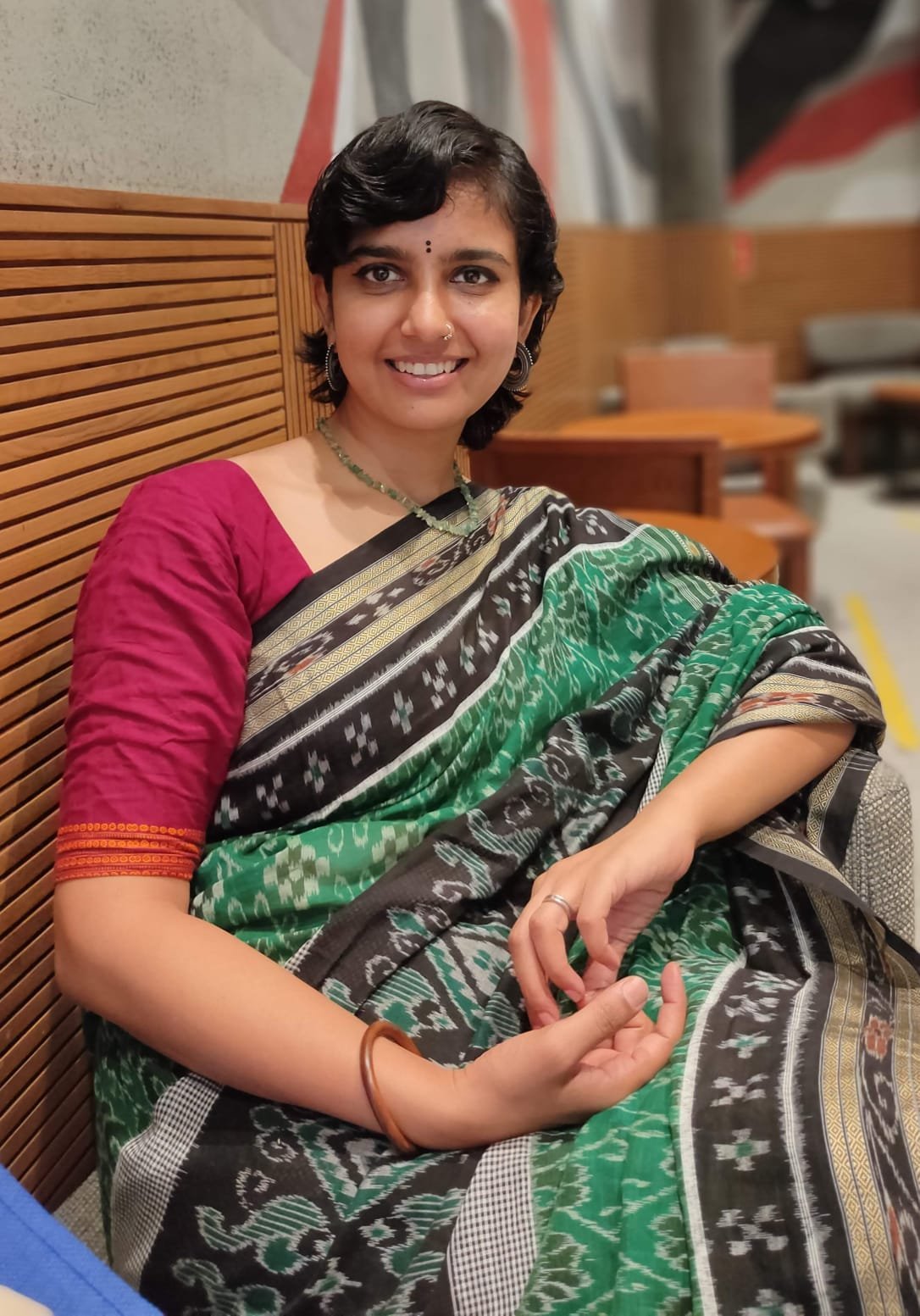Comments from Arundhita Bhanjdeo, PRADAN on practice change course
PRADAN is an NGO working with extremely poor and vulnerable rural communities, especially women in India to enable them to enhance their livelihoods and live a dignified life. A ‘Research Wing’ was envisaged by a few members of PRADAN to create a space for researchers and practitioners from multiple sectors and disciplines to do collaborative research which incorporates grassroots voices and leads to improvement in policies and practices. Our team comprised of around 10 researchers who theoretically shared a similar vision consisting of one or more of these objectives: to build the space for collaborative research, to enhance the lives of the rural communities they worked with, and to build their own lives and career. However, we were all distinct in many ways: some were situated ‘inside’ and some ‘outside’ the NGO, we were from diverse disciplines, working in different geographies and were in different age and stages in our lives and career. This diversity often acted as a barrier in conceptualising and developing the research wing together. It was then that we came across an online course on Practice Change: Concepts and Applications offered by Charles Sturt University. Two very important reasons that motivated us to take the course were: it was conceptualised and instructed by our long-term collaborator Gavin Ramsay, and it could enable our team to understand the processes of change in order to improve our practice and those of the others we worked with. Our aim was to take the course literally as a team and learn together.
Spread across three modules, the course helped us delve into our own perspectives and presumptions of understanding practice and bringing change. Listening to each other’s experiences with the concepts and exercises in the course online at regular intervals also helped us understand and gradually acknowledge that practice change and even change meant different things to different people. Another important realisation was that reasons for wanting to change practice can also be distinct. Many of us were uncomfortable with this realisation of diversity but concepts in the course such as appreciation and systems thinking helped us think of the research wing holistically with our perspectives as components of the wing. This holistic idea did not involve finding a common ground or consensus of approach for developing the idea of the research wing or the kind of change that we would bring. It instead comprised respecting the diversity and developing a purposeful system that incorporates multiple perspectives which helps understand any particular situation and improve it.
We all had different starting points, so by the end of the course we all learnt different things, but we all experienced a shift in our understanding of the processes of change and improvement, of the importance to question ‘who’ is the change meant for, and the pertinence of expanding our understanding of any situation by engaging with others, listening to their perspectives, sharing ours and finding ways to integrate multiple perspectives.
